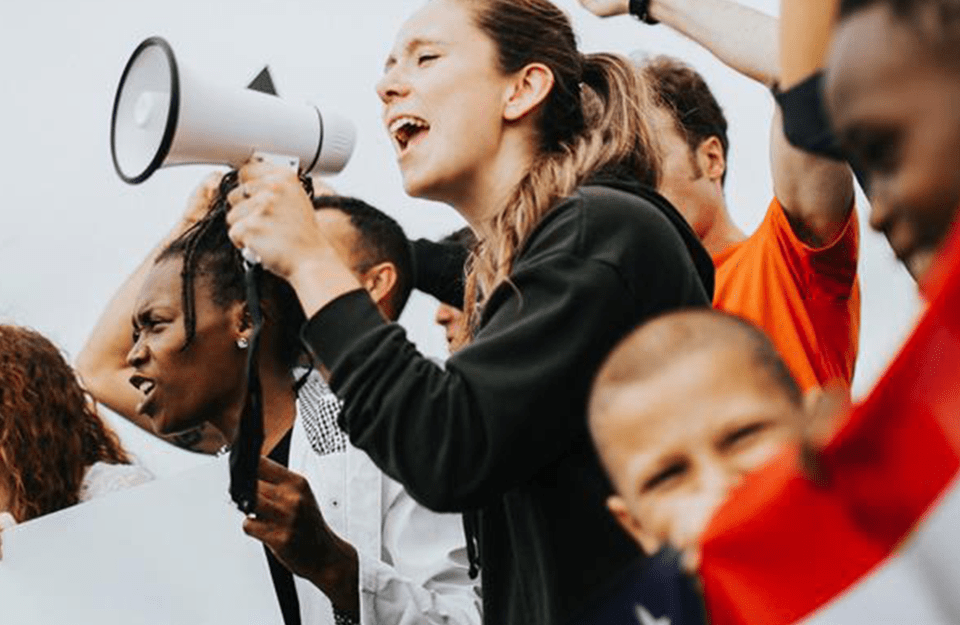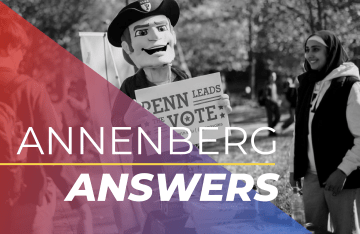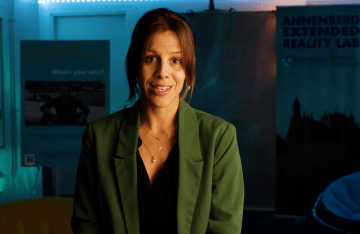Research Shows There Are No Easy Fixes to Political Hatred
A non-partisan team has found reducing polarization and “partisan animosity” is remarkably difficult.

In today’s political climate, the tone of discourse has shifted from civil disagreement to open hostility. Across the American political landscape, parties now routinely engage in combative rhetoric, with each side accusing the other of policy failures – and, at times, even attributing national crises to their opponents’ actions. New research from the Polarization Research Lab – a nonpartisan team of political scientists from the Annenberg School for Communication at the University of Pennsylvania and Dartmouth College – shows reducing polarization and “partisan animosity” is remarkably difficult.
“The tools we have to fight polarization are simply not enough,” says Yphtach Lelkes, Annenberg associate professor and one of the study’s co-authors. “Our study shows that while interventions can briefly reduce partisan animosity, their effects are small and short-lived. If we’re serious about healing the divides in American politics, we need to look beyond individual behavior and confront the political and media systems that thrive on outrage and keep us divided.”
To determine if efforts to reduce partisan animosity have a lasting effect, the researchers conducted a massive meta-analysis of 25 previous studies encompassing 77 different approaches. These “treatments” included everything from correcting misperceptions about the rival party to encouraging conversations with opponents and calls for civility from party leaders.
The study shows that such superficial interventions are largely ineffective. On average, treatments improved a person’s feelings towards the other political party by a mere 5.3%. The authors note this small gain is dwarfed by the 7% increase in partisan animosity observed between the 2016 and 2020 U.S. elections alone.
The results are not only modest, but fleeting. The researchers found that 75% of the initial reduction in hostility disappears after just one week. Within two weeks, the effects are almost completely gone.
The team also conducted two new large-scale experiments to see if combining or repeating interventions could work better. In one experiment with 3,500 respondents, they tested if “stacking treatments” – but exposing people to multiple interventions at once – would amplify the positive effect. In another experiment with over 5,000 respondents, they evaluated if providing a “booster shot” – a repeated treatment over time – would make the effects last longer.
The results were clear: neither stacking treatments nor administering them repeatedly produced significantly larger or more durable results. In essence, flooding the airwaves with public service announcements to counter political hatred is not an effective strategy.
“To achieve lasting depolarization in the U.S., a fundamental shift in society is needed,” says Dartmouth associate professor Sean Westwood and one of the study’s co-authors. “From the top down, we must address the behavior of political elites and the structural incentives that fuel conflict, and from the bottom up, we need a citizenry with the civic skills to engage constructively across differences.”
The co-authors – which also includes Derek Holliday, assistant professor at The George Washington University – report that while interventions built on genuine dialogue are difficult to scale and require long-term investment, they remain the single most effective tool for reducing polarization.
“Without systemic change, America’s political divisions will only deepen,” adds Lelkes.
“Principles of civil discourse and respectful dialogue need to be embedded into the education system in the U.S.,” concludes Westwood. “The future of our democracy depends on it.”
The study, Why depolarization is hard: Evaluating attempts to decrease partisan animosity in America, was published in the Proceedings of the National Academy of Sciences in August 2025.



